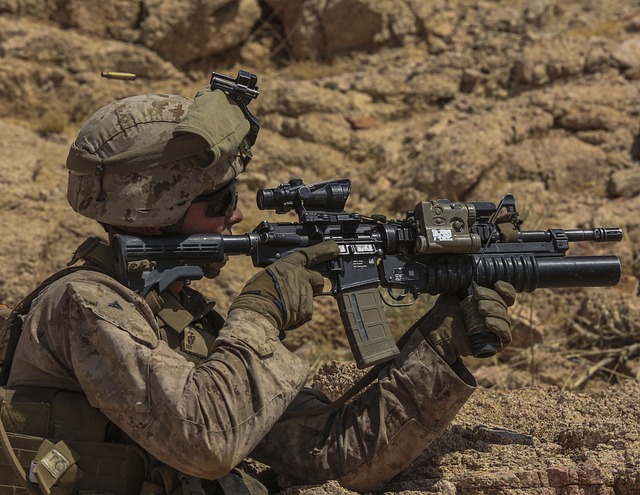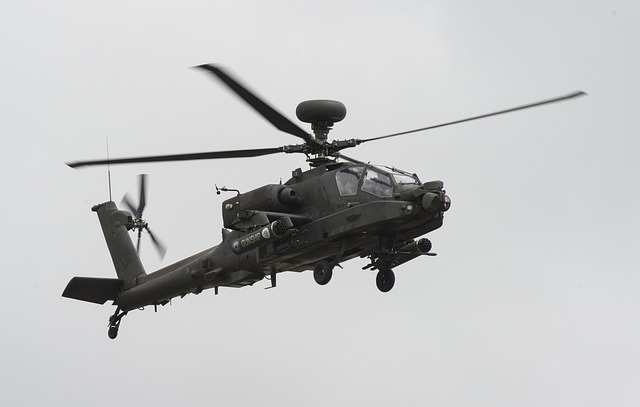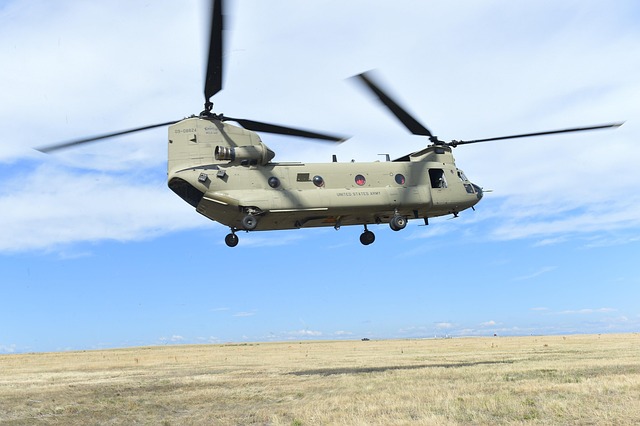Embroidered uniforms like the iconic 1st Cavalry Division Flag serve as visual narratives, preserving historical stories and military heritage. This ancient art form combines intricate designs with symbolic stitching, honoring past accomplishments and fostering camaraderie. Modern military embroidery, driven by technology, enhances durability and visibility while maintaining the tradition of storytelling through fabric. While labor-intensive and costly, embroidered gear offers a powerful way to commemorate history and boost troop morale, making it a valuable asset across global militaries.
Embroidered designs on uniforms and equipment have long served as more than mere aesthetics, evolving into a rich visual storytelling tradition. From ancient times to modern warfare, these intricate patterns have carried symbolic meanings, often reflecting the heritage and values of military units. This article explores the historical significance of embroidered uniforms, focusing on the iconic 1st Cavalry Division Flag, its symbolism, and design elements. We delve into contemporary embroidery techniques applied to military gear and analyze the benefits and challenges associated with this timeless art form.
- The History of Embroidered Uniforms: A Visual Storytelling Tradition
- 1st Cavalry Division Flag: Symbolism and Design Elements
- Modern Embroidery Techniques for Military Gear
- Benefits and Challenges of Embroidering on Uniforms and Equipment
The History of Embroidered Uniforms: A Visual Storytelling Tradition

Embroidered uniforms have a rich history, serving as more than just decorative elements. This visual storytelling tradition dates back centuries, with intricate designs and symbols stitched into fabrics to convey important narratives. From military regalia to cultural garments, embroidery has always played a significant role in identity expression.
One notable example is the 1st Cavalry Division Flag, adorned with meticulous embroidery that tells a story of strength and heritage. This flag, carried by the famed “First Team,” showcases historical references and symbols that reflect the division’s bravery and accomplishments on the battlefield. Embroidered uniforms, thus, transcend mere aesthetics; they become living records of history, preserving stories for future generations to appreciate and understand.
1st Cavalry Division Flag: Symbolism and Design Elements

The 1st Cavalry Division Flag, also known as the “First Team” flag, is a rich symbol of military heritage and pride. Its design intricately weaves together historical references and tactical symbols, reflecting the division’s storied past and capabilities. At its heart, the flag boasts a vibrant display of colors – bold red, white, and blue – that pay homage to the American flag, underscoring the division’s allegiance and dedication to the nation.
Central to the design is a majestic horse, a recurring motif representing the cavalry tradition. This powerful animal, often depicted in motion, embodies the agility, courage, and speed associated with cavalry units. Surrounding the horse are strategic elements like swords and spears, symbolizing the division’s combat prowess and readiness to face any challenge. The 1st Cavalry Division Flag, therefore, serves as a powerful emblem, weaving together historical significance, tactical excellence, and the unyielding spirit of the cavalry.
Modern Embroidery Techniques for Military Gear

In modern times, military gear is no longer limited to simple patches and insignias. The art of embroidery has evolved significantly, allowing for intricate and detailed designs that enhance the appearance and functionality of uniforms and equipment. Techniques such as computer-aided design (CAD) and direct digital manufacturing (DDM) enable precise and complex embroidery, from unit crests like the 1st Cavalry Division Flag to personalized names and ranks.
These advancements mean military personnel can sport unique identifiers that boost camaraderie and pride while remaining highly visible in tactical situations. Moreover, modern embroidery techniques use durable threads and high-quality materials, ensuring the designs withstand rigorous field conditions. This blend of aesthetics and practicality has made embroidered gear a staple across various branches of the military worldwide.
Benefits and Challenges of Embroidering on Uniforms and Equipment

Embroidering on uniforms and equipment offers a range of benefits, particularly for military units like the 1st Cavalry Division. It enhances visual appeal, adding intricate designs and detailed symbolism that represent the unit’s heritage, values, and achievements. Embroidered insignia, patches, and Ultimate Flags can boost morale, foster a sense of pride among members, and serve as a powerful means of identification on the battlefield. Moreover, high-quality embroidery is durable, ensuring these decorations remain legible and intact even under extreme conditions.
However, there are challenges to consider. The process is labor-intensive and time-consuming, requiring skilled artisans to create intricate patterns accurately. This can lead to longer production times and higher costs compared to other decoration methods. Additionally, maintaining the quality of embroidery on worn or damaged uniforms/equipment poses difficulties. Regular care and maintenance are essential to preserve the intricate designs, which may require specialized cleaning techniques for certain materials and colors.
Embroidered designs, such as those seen on the iconic 1st Cavalry Division Flag, have enriched military uniforms and gear for centuries. These intricate patterns not only serve as visual representations of history and heritage but also offer practical benefits in modern times. From traditional hand embroidery to advanced machine techniques, the art of stitching has adapted to meet the demands of contemporary warfare. While challenges exist, such as ensuring durability and maintaining regulatory standards, the practice continues to enhance military identity and pride. The 1st Cavalry Division Flag stands as a testament to this enduring tradition, symbolizing strength, unity, and the rich tapestry of military history.
